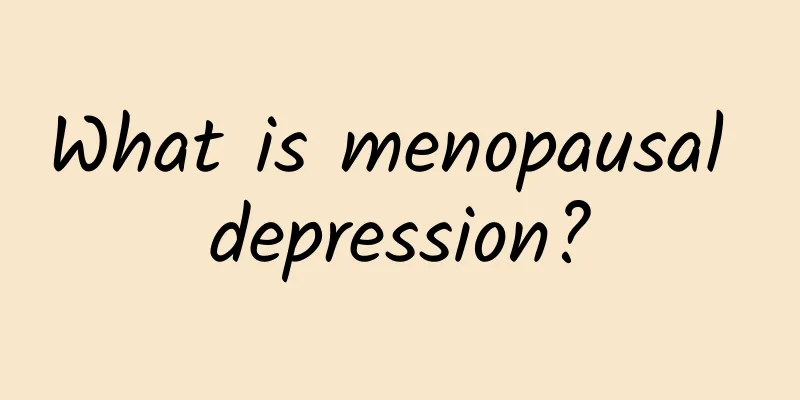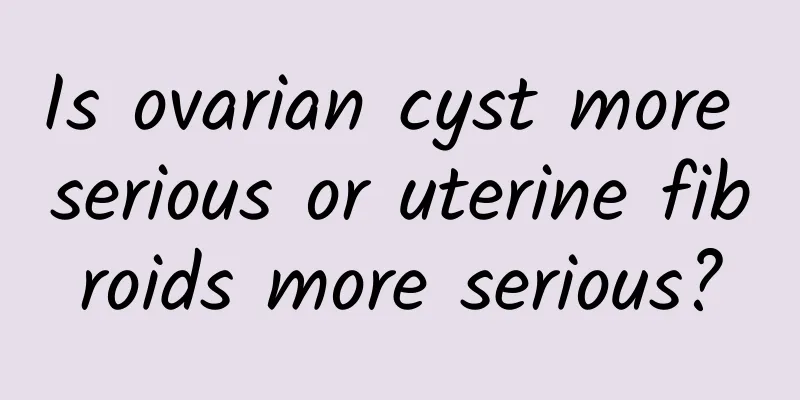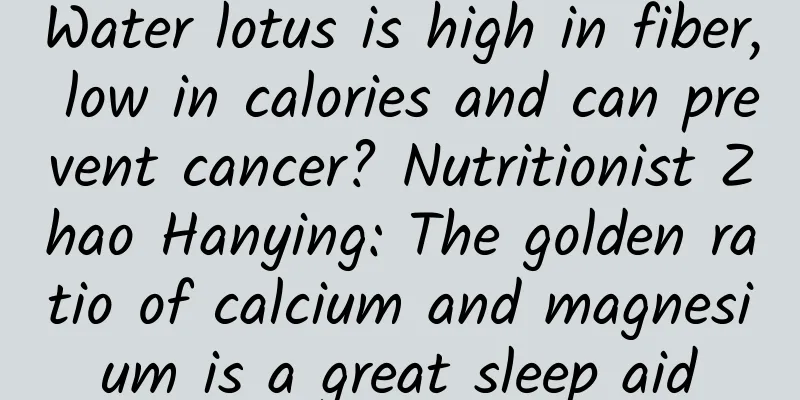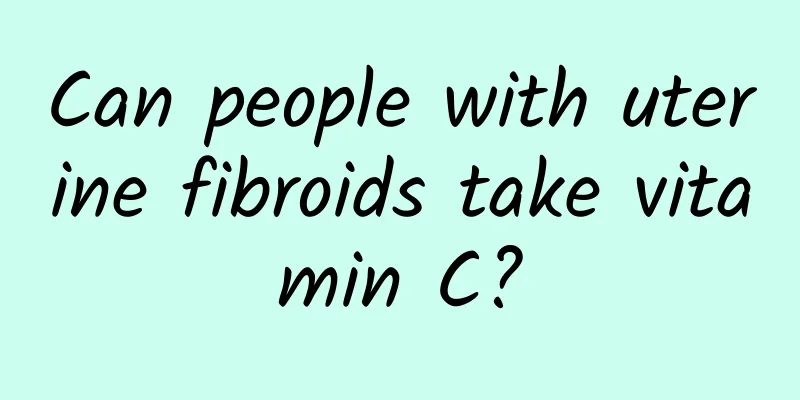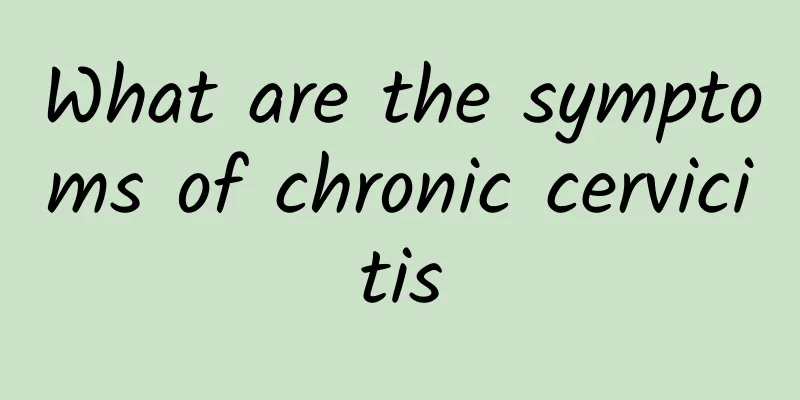How to treat pelvic inflammatory disease

|
The treatment of pelvic inflammation generally requires going to the hospital according to the situation. The vast majority can be treated symptomatically through oral Chinese medicine or Chinese patent medicine, or through Chinese medicine enema plus physical therapy. The treatment of pelvic inflammation is generally one week to ten days, and it can basically improve. Pelvic inflammatory disease must be treated actively. Most pelvic inflammations, if not treated properly, will cause chronic inflammation, fallopian tube blockage, and lead to future infertility. Therefore, pelvic inflammation must be actively treated in the hospital. The treatment of general pelvic inflammation can be done through Chinese medicine enema or moxibustion physical therapy. These methods are all fine. If you have acute pelvic inflammation, you must go to the hospital and choose the appropriate medicine for symptomatic treatment according to the situation. If pelvic inflammation is not treated properly, it is easy to have an impact. Drug treatment for pelvic inflammatory disease Pelvic inflammatory disease is a common gynecological disease in women, which is divided into acute pelvic inflammatory disease and chronic pelvic inflammatory disease. Acute pelvic inflammatory disease is generally treated with anti-anaerobic and aerobic drugs. Chronic pelvic inflammatory disease has no thorough treatment, and can be treated with comprehensive treatments such as Chinese medicine enema treatment and physical therapy. You can also take some Chinese medicine to promote blood circulation, eliminate blood stasis, and resist inflammation and pain. During the treatment of pelvic inflammatory disease, you must rest more and strengthen your nutrition. Strengthening your physical fitness can reduce recurrence, and roommates are prohibited during treatment. What happens if pelvic inflammatory adhesions are not treated? If pelvic inflammatory disease is not diagnosed and treated promptly and correctly, sequelae of pelvic inflammatory disease may occur, and the main pathological manifestations are tissue damage, extensive adhesions, hyperplasia and scar formation. It leads to hyperplasia and thickening of the fallopian tubes, obstruction of the fallopian tubes, and adhesions of the fallopian tubes and ovaries to form fallopian tube and ovarian masses. If the fimbria of the fallopian tubes is atretic, the accumulation of serous exudates can form hydrosalpinx. When the main sacral ligaments of the pelvic connective tissue proliferate, thicken, and the lesions are extensive, it can lead to uterine fixation, and the main clinical manifestations are infertility, ectopic pregnancy, and chronic pelvic pain. The adhesions, scars and pelvic congestion formed by inflammation often lead to lower abdominal pain, pain and lumbosacral pain, which often worsen before and after fatigue, sexual intercourse and menstruation. |
<<: How to treat female cervical hypertrophy? Does cervical hypertrophy need treatment?
>>: What to do if you have threatened miscarriage
Recommend
It’s not your fault that you’re greedy! Your gluttony may be caused by bad intestinal bacteria "dirty fat bacteria"
Traditional Chinese medicine believes that if you...
Experts briefly analyze the dietary considerations for abortion
For women who choose abortion, proper diet is ver...
Can I take Huahong tablets after medical abortion? Not recommended
After a woman has had a medical abortion, it is n...
How many days do you usually take progesterone to induce menstruation?
Progesterone is usually taken for 5 to 7 days to ...
What is the most effective way to relieve menstrual pain?
Generally, there is no most effective way to reli...
How to take abortion pills?
When taking abortion pills, you must fast for two...
What are the dietary treatments for uterine effusion?
The occurrence of uterine effusion brings great i...
Does threatened miscarriage have any impact on the fetus?
Does threatened miscarriage have any impact on th...
A brief discussion on the treatment of vaginitis
Vaginitis is a common disease among women. Althou...
Stay away from the three highs by supplementing deep sea magnesium (Part 1)
Magnesium is one of the essential minerals for th...
My menstrual period is getting more and more irregular and often delayed.
What's wrong with my menstrual period becomin...
Can't eat cold food if you have premature ovarian failure?
Although premature ovarian failure is related to ...
Don't ignore the dangers of pelvic inflammatory disease
Pelvic inflammatory disease can cause great troub...
How to relieve pain in adenomyosis
How to relieve pain in adenomyosis? Patients with...
What are the nursing measures for Bartholinitis?
Bartholinitis is an inflammation caused by infect...



